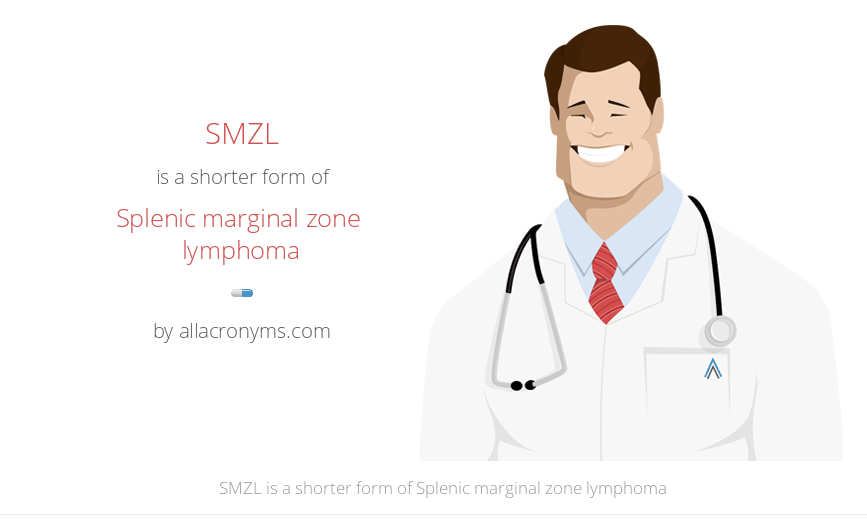Splenic Marginal Zone Lymphoma.

In German New Medicine the biological conflict responsible for Splenic Marginal Zone Lymphoma (SMZL) relates to a what is known as a blood or injury conflict as the result of a physical injury where there is blood. As a relatively rare lymphoma affecting the spleen, it could be a physical injury that was experienced (with or without blood), the shock of being physically wounded (with or without blood), seeing too much blood from an injury and being shocked by it. It can also be a shock where someone else blood was involved. Additionally, SMZL can be from a diagnosis of a blood disorder, a blood clot, an unexpected blood test result – possibly even for another.
The symptoms will appear only upon conflict resolution.
Keep in mind the biological conflict catches you off-guard, unexpected, not prepared for, a bit of a shock.
During conflict activity, the spleen necroses on a cellular level. There is cell loss. The platelets drop at this point in the biological program. Why? It is the body’s way of avoiding the potential of a blood clot following any injury – keep in mind the nature of this conflict is one of injury (or any dhs involving blood.) This is the meaningful purpose of why the platelets drop during the conflict active phase.
Local to the injury, however – there may be an immediate elevation of thrombocytes, platelets locally to prevent bleeding to death.
Once the conflict is resolved, the spleen regenerates (the cell loss that occurred during the conflict active phase heals and fills in) through temporary inflammation and new cell production – at this time the spleen may be enlarged – this is normal as the spleen regenerates in the healing phase (perhaps with some scarring) If the Splenic enlargement is excessive – it is being affected by the another biological conflict, the Kidney Collecting Tubules.
It is vital to look at the kidney tubules whenever we are dealing with splenomegaly or any organ enlargement. The Kidney Collecting Tubule Syndrome (KCTS) is also known as a water retention conflict, where there is minimum fluid excretion and maximum fluid retention. In near everyone that has had a cancer diagnosis – we see this. This conflict amplifies all symptoms. Increased fluid retention, swelling and inflammation.
The platelets will elevate systemically to the end of the healing phase.
It’s vital that we start to grasp that disease is not caused by malfunctions and mistakes of nature but rather is initiated by a very specific biological conflict and an emergency adaptation response that will assist you during an unexpected traumatic event. Once we begin to understand this, fear and panic start to recede. The more you understand about GNM the less the KCTS will stay active.
Once the conflict is resolved, all potential tracks must be addressed.
One client of mine had her dhs (biological conflict) upon learning the blood results for her cat…the cat had feline leukemia. This dhs initiated a program within her spleen which created the necessity for her blood work to be constantly monitored. That was a track. Everytime she had blood drawn and awaited the results it took her psyche back to that moment in time at the veterinarians office when she experienced the dhs shock. Each and every time it would reopen the conflict, placing her back into conflict activity. This is the very definition of a chronic condition.
She was also taking mega doses of Vitamin C which stimulates the sympathetic nervous system which amplifies the conflict active phase, deepens it. Since the client was in an active KCTS, the Vitamin C would was working against her – actually increasing the splenomegaly.

